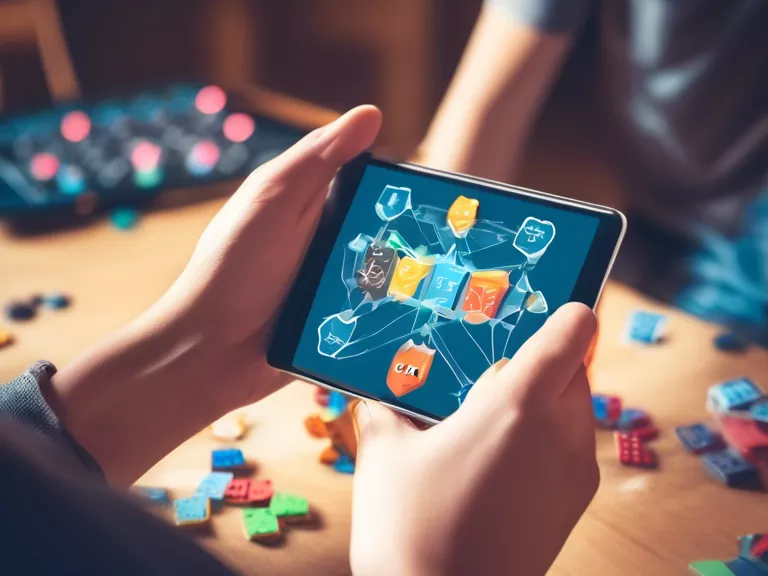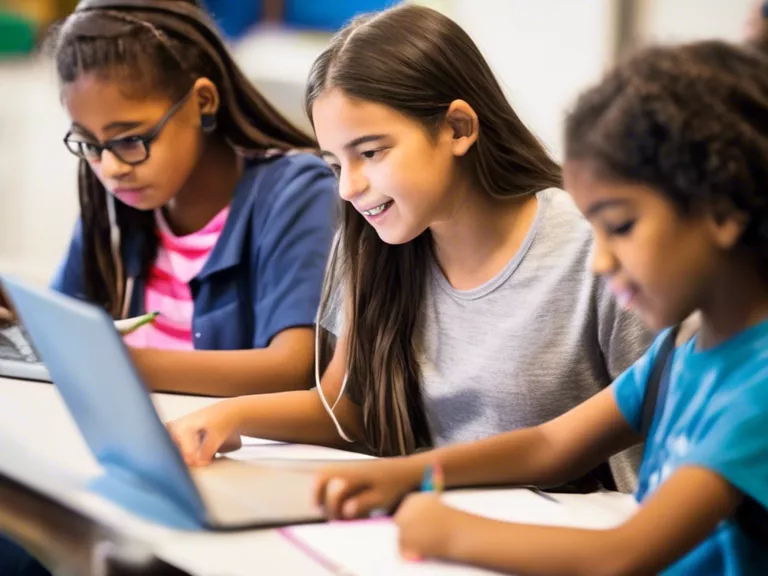
Gamification has proven to be an effective tool in increasing student engagement and retention. By incorporating game-like elements into educational activities, students are motivated to participate, learn, and retain information more effectively. This article explores the role of gamification in education and its impact on student success.
One of the key benefits of gamification is its ability to make learning more enjoyable and interactive. By introducing elements such as points, levels, badges, and leaderboards, educators can create a sense of competition and achievement among students. This not only motivates students to actively participate in lessons but also encourages them to strive for mastery of the material.
In addition to increasing engagement, gamification can also enhance retention of information. When students are actively involved in a game-like learning experience, they are more likely to remember and apply what they have learned. This can lead to improved academic performance and a deeper understanding of the subject matter.
Furthermore, gamification can help students develop important skills such as problem-solving, critical thinking, and collaboration. By presenting educational content in a fun and interactive way, students are encouraged to think creatively and work together to overcome challenges. These skills are not only valuable in the classroom but also in real-world situations.
Overall, the role of gamification in education is crucial for engaging students and improving their retention of information. By making learning more enjoyable and interactive, educators can create a dynamic and effective learning environment that motivates students to succeed.



